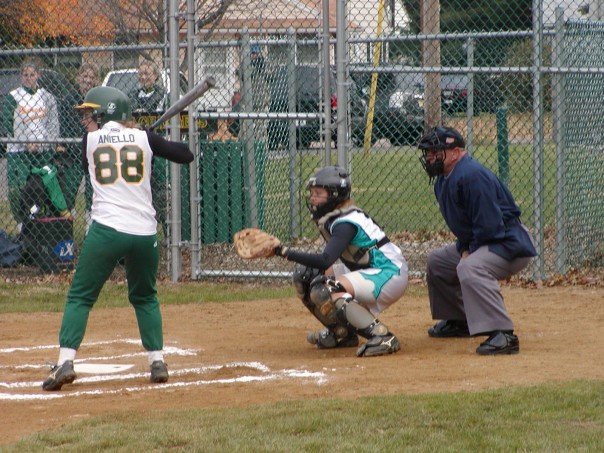What follows is one of my favorite muscle memory drills which helps pitchers see and feel their bodies at various, crucial points in the delivery. Please note the following when performing this drill:
1. The pitcher should be 25 – 35 feet from the catcher, depending on age and level.
2. Coaches commands should be a minimum of 2 to 3 seconds apart to allow the pitcher to sense and adjust any mechanical flaws, as well as keep her balance (if she cannot keep her balance, it’s an indication that she needs to strength train).
3. This video is a demonstration for a fastball. The drill can be adapted for any pitch. Look to future posts for other pitches.
Read More
